Looking Back
By Amy Nelson
Like many great beginnings, Biohabitats’ origins can be traced to the confluence of passion and serendipity. The year was 1978. Keith Bowers, a sophomore studying landscape architecture at West Virginia University, stumbled upon an article in his hometown newspaper about University of Minnesota chemistry professor, Dr. Ed Garbisch, who had taken a sabbatical on Maryland’s Eastern Shore and ended up staying there to pursue his dream of restoring tidal marshes. Unlike most people at the time, Garbisch understood the ecological significance of wetlands, and dedicated the rest of his life to restoring them using native plants he propagated and cultivated with the company he started, Environmental Concern.
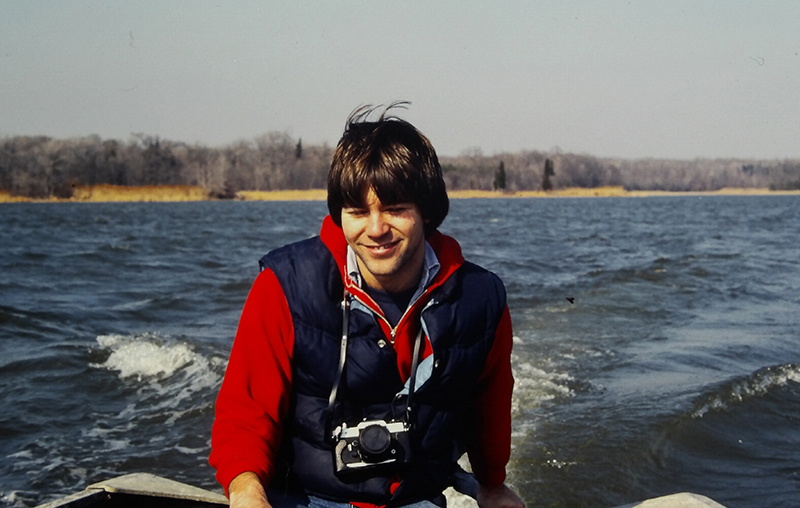
Keith, who spent summers exploring Chesapeake Bay marshes and developing an appreciation of wetlands and the intrinsic beauty of native plant and animal species, was riveted by the article, and soon set out to meet Garbisch. When he did, he found not only a kindred spirit, but a mentor who opened his eyes to the possibility of applying what he was learning about land use planning and site design to the protection and restoration of the ecosystems he loved.
Four years later, with no business model to follow but with a clear vision of a practice grounded in sound science, engineering, and landscape architecture, Keith launched Biohabitats in Baltimore, MD. Though little was then known or acknowledged about the looming, interconnected crises of climate change and biodiversity loss, and though terms like “green infrastructure” and “nature-based solutions” would not be coined for another decade, Keith and the biologists, ecologists, and engineers he hired immediately began collaborating to create and deploy strategies utilizing the power of healthy, functioning ecosystems to improve water quality, wildlife habitat, community resilience, and human connection to the landscape. Biohabitats’ team members collectively defined the firm’s mission: “Restore the earth and inspire ecological stewardship.”
While the drivers, metrics, approaches, disciplines, markets, and communities associated with Biohabitats’ work evolved and expanded in the ensuing 40 years, the design-build firm continues to apply the fundamentals of landscape architecture, the principles of engineering, and the sciences of restoration ecology, conservation biology, and landscape ecology to help communities protect, restore, regenerate, and reconnect with the natural systems that support and enrich all life on Earth.
The Early Years
Biohabitats’ first commissions were driven largely by federal and Chesapeake Bay regional legislation. In the company’s first three years, they helped 24 municipalities prepare Chesapeake Bay Critical Area plans to guide local land use, zoning, and development standards to improve and protect water quality and habitat. In 1985, Biohabitats collaborated with the City of Baltimore, the State of Maryland, and the U.S. Army Corps of Engineers (USACE) on one of the nation’s first successful tidal wetland mitigation projects for highway construction, near the Ft. McHenry National Historic Monument and Shrine.
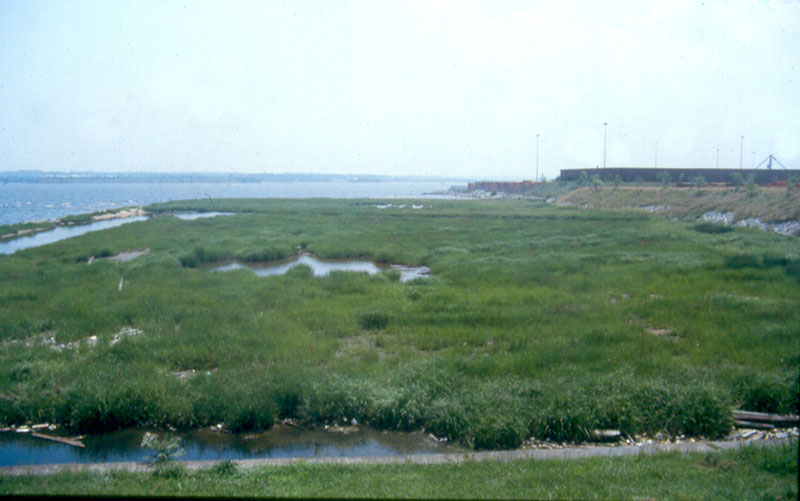
In 1989, Biohabitats collaborated with USACE, the National Park Service, the Washington Council of Governments, and George Mason University to transform a lifeless mudflat along DC’s Anacostia River into a thriving freshwater tidal wetland. The project proved that urban freshwater tidal marsh restoration was possible and served as one of the first large-scale applied research projects focused on reestablishing tidal freshwater marshes.
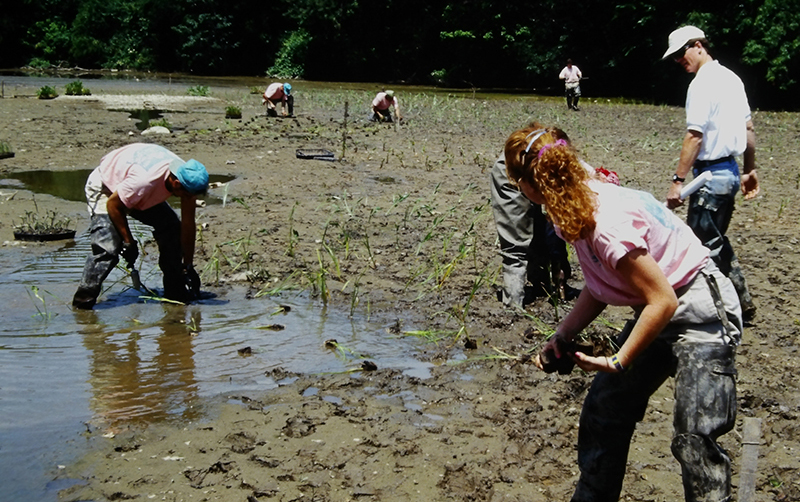
An early advocate of stream and wetland restoration design, Biohabitats advanced the technique of “soil bioengineering,” even preparing manuals on the topic for several state and municipal agencies. Working for Prince George’s County, MD, Biohabitats developed soil and planting guidelines for a novel technique to treat stormwater runoff: bioretention. Today, bioretention has become a ubiquitous tool in filtering pollutants from stormwater runoff.
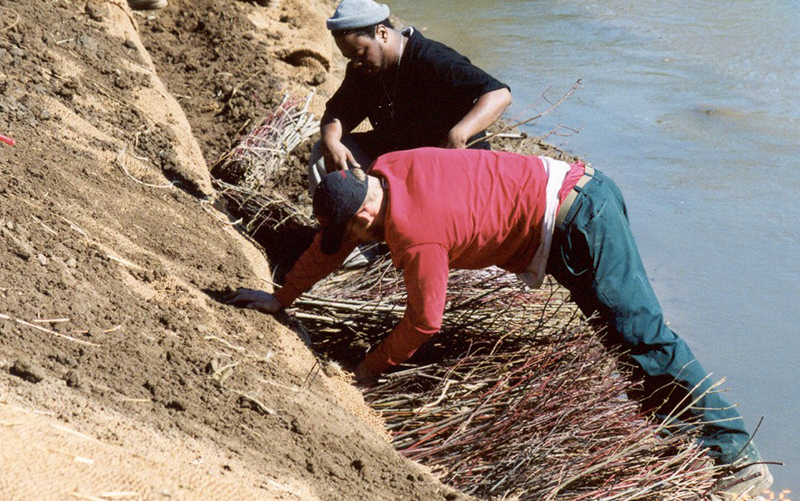
In the 1990s, Biohabitats worked with communities to identify the causes behind water quality problems and to develop mitigation strategies. They helped Baltimore County and City organize and prioritize actions to jointly address stormwater, community greening, (re)development, and public health in their shared, regional watershed.
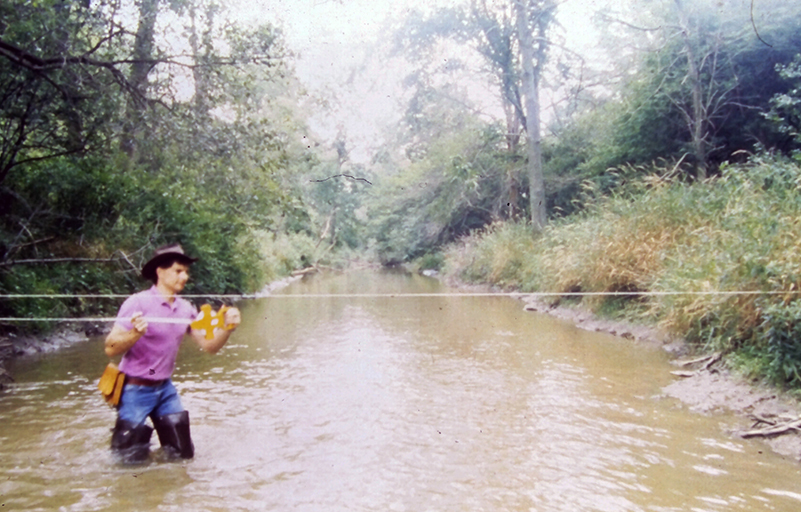
Biohabitats collaborated with the City of Sandusky, Ohio to prioritize coastal wetland restoration projects to improve water quality and habitat in the 64-square-mile Sandusky Bay. Through a multi-year contract with USACE, Biohabitats planned and implemented efforts to address toxic substances, invasive species, nonpoint source pollution, habitat degradation, and other water quality issues affecting the world’s largest surface freshwater system.
The New Millennium
By the early 2000s, as awareness of ecological restoration and its stacked benefits increased, so too did Biohabitats’ practice. More communities began seeking innovative approaches to land planning, development, and stewardship.
In 2004, Biohabitats engaged in a three-year effort to help the City of Pittsburgh and USACE plan, design, and implement the restoration of Nine Mile Run, one of the largest urban stream restoration projects in the U.S. The project transformed a toxic stream system degraded by steel slag leachate, sewage from aging infrastructure, and other impacts from the region’s industrial legacy into a biodiverse and fully functioning ecosystem and key feature of the City’s Frick Park. It prompted the creation of a volunteer stewardship program that continues to this day.
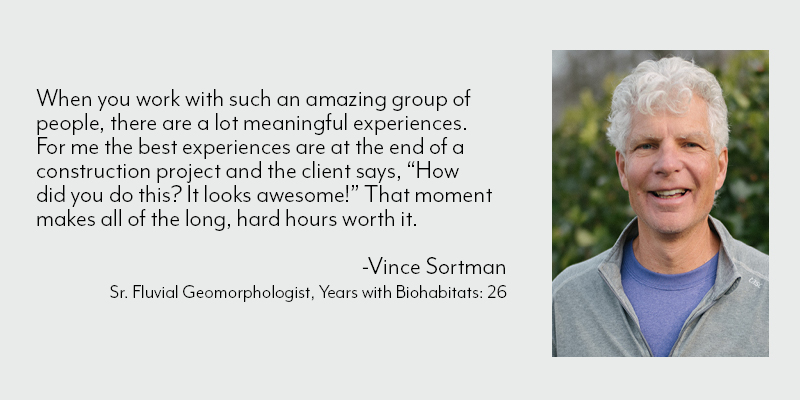
The firm increased its staff, bringing new disciplines, such as soil science, arboriculture, and GIS to the practice. At the same time, Biohabitats expanded geographically, opening offices designed specifically to serve “bioregions,” areas sharing physical, ecological, and cultural attributes. These structures enabled a focus on ecological and biophysical processes as well as local values and concerns, ensuring that solutions were firmly rooted in place. In addition to its headquarters in the Chesapeake/Delaware Bays Bioregion office in Baltimore, MD, Biohabitats operates out of the following bioregions: Cascadia in Portland, OR; Great Lakes in Cleveland, OH; Hudson River in New York, NY; Northeast Highlands & Coastal in Glastonbury, CT; Ohio River in Louisville, KY; Southeast Atlantic in Charleston, SC; Southern Rocky Mountains in Denver, CO; Southwest Basin & Range in Santa Fe, NM.
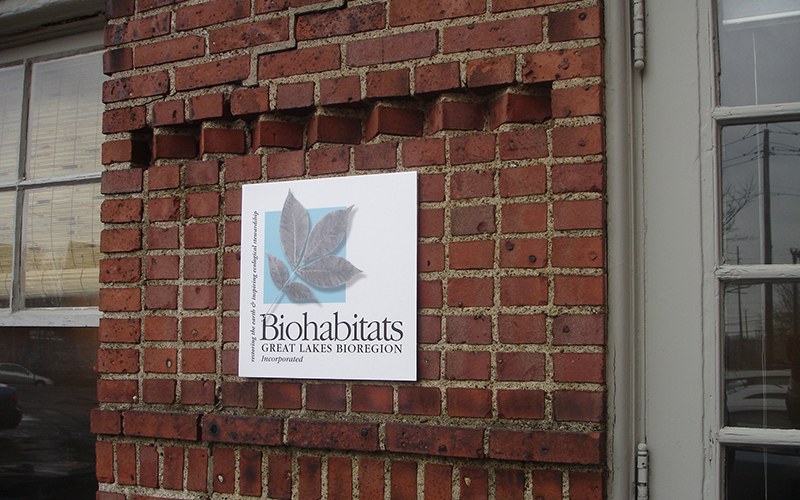
Biohabitats was increasingly called upon to bring its applied ecological lens to watershed, greenway, and campus master planning, as well as infrastructure engineering and park design. An early example was Biohabitats’ 2003 collaboration with Nelson Byrd Woltz to daylight and rehabilitate a buried portion of Meadow Creek on the University of Virginia campus. Biohabitats has since partnered with numerous landscape architecture firms to create and implement ecological restoration, conservation, stormwater, watershed, and landscape sustainability plans and projects for higher education institutions.
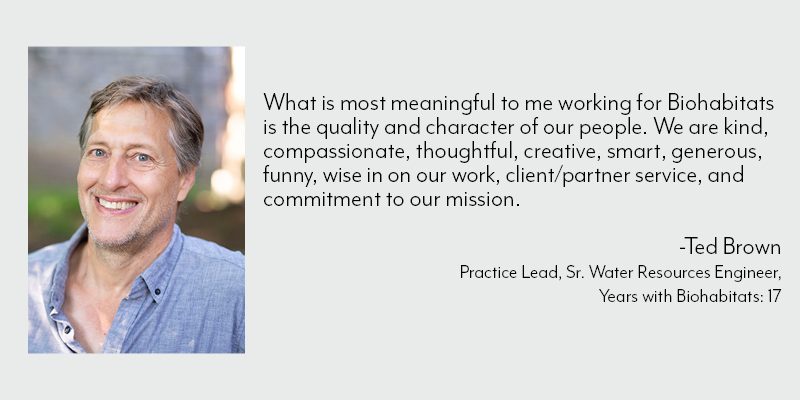
As the firm expanded, Keith implemented a governance model based on self-management, wholeness, and evolutionary purpose. He also established a Leadership Council, with an Emerging Leaders cohort, that provided opportunities for anyone in the company to participate in the highest levels of leadership and operations of the business.
By the end of the first decade of the new millennium, more than half of the world’s population was living in urban areas. Undaunted by the challenges and limiting factors of urban environments, and with the intent to uplift urban ecology and reconnect urban communities to the benefits of nature, Biohabitats took on an increasing number of urban ecological planning and restoration projects.
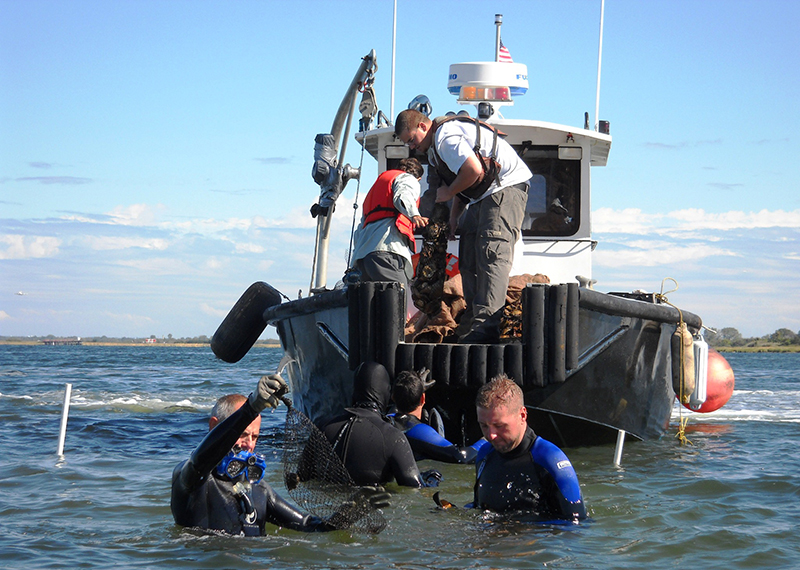
The firm assisted the New York City Department of Environmental Protection (NYC DEP) in the development of a watershed management plan and created a GIS-based Eco-Atlas to target sites for ecological restoration, stormwater Best Management Practices (BMPs), and green infrastructure to improve Jamaica Bay, one of the nation’s most important estuaries. Biohabitats worked with NYC DEP and collaborators to implement a suite of groundbreaking nature-based pilot projects, installing floating wetland wave attenuators in the Bay and oyster beds and reef balls in tributaries in Queens and Brooklyn.
Biohabitats began helping the City of Fort Collins, CO restore the Cache la Poudre River, which had been degraded by the region’s history of gravel mining.
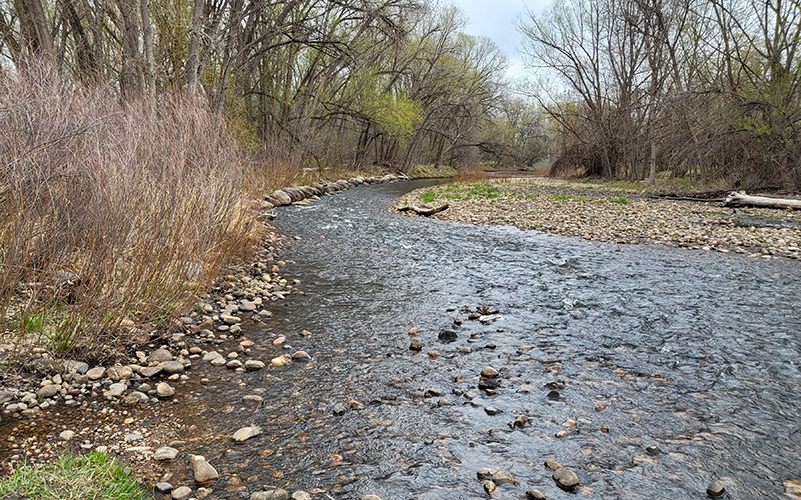
Over the next ten years, this partnership resulted in the restoration of natural areas and habitats along 10 miles of river, and the removal of an abandoned dam. Biohabitats also worked with the US EPA to develop river, riparian wetland, and vernal pool restoration strategies to reduce the mobilization and spread of PCB-contaminated soil in the Housatonic River.
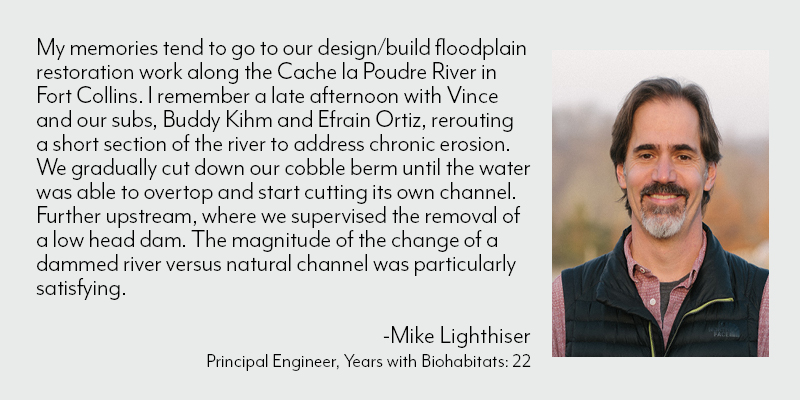
During this same period, Biohabitats brought ecological planning and design expertise to the suburbs. A notable example is the planned community of Columbia, MD, an early success in America’s mid-century New Town movement. Among developer James Rouse’s key goals for Columbia were “respect for the land” and the “infusion of nature.” However, stormwater regulations did not exist in the 1960s, and over the decades, the streams, wetlands, and forests of downtown Columbia bore the brunt of mid-century infrastructure. When the town began planning for redevelopment, Biohabitats helped them integrate ecological protection and restoration, along with stormwater BMPs, into redevelopment.
2011: Expanding Capabilities to Address Future Crises
2011 was a landmark year for the firm. Recognizing that water was quickly becoming the next environmental crisis, Biohabitats acquired Natural Systems International, a design firm focused on natural wastewater treatment, water harvesting, and greywater reuse. The acquisition added wastewater and water reuse engineering to Biohabitats’ increasingly diverse array of disciplines and enabled the firm to bring its mission and ethos more directly into the built environment.
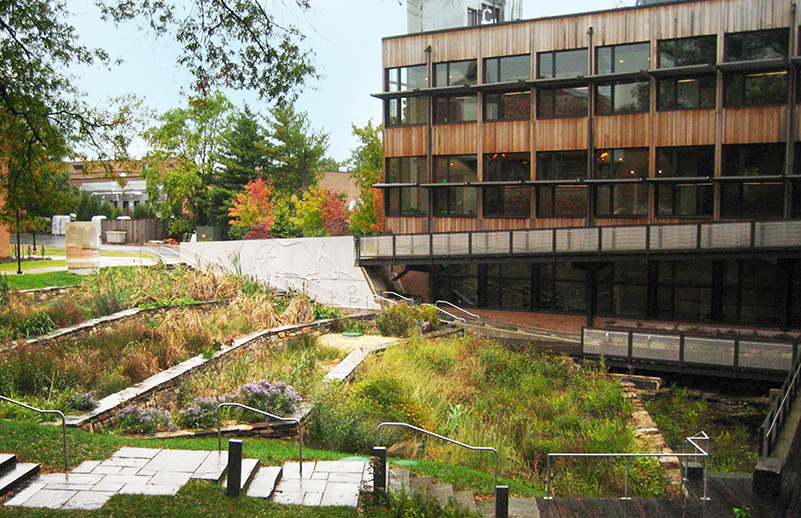
Providing ecological and water expertise, Biohabitats often collaborates with planning and design partners to achieve rigorous sustainability and performance requirements, like those of the Living Building Challenge and SITES, and garner ASLA and AIA COTE Top Ten awards. An example is the AIA COTE Top 10 Award-winning Eden Hall Campus at Chatham University. Biohabitats’ expanded capabilities also provided unique opportunities to integrate ecological restoration with onsite wastewater treatment. Working with the regional water resources management utility, Clean Water Services, Biohabitats transformed a sewage lagoon in Forest Grove, Oregon into a 90-acre mosaic of riparian wetlands that naturally treat wastewater while enriching habitat along the Tualatin River floodplain. Today “Fernhill Wetlands” is known as a paradise for birders and one of the area’s top attractions.
In that same year, Biohabitats collaborated with the Anne Arundel County Department of Public Works and Underwood & Associates to pioneer a new technique called “Regenerative Stormwater Conveyance” (RSC), a stormwater runoff and stream restoration technique that conveys stormwater in a way that mimics natural surface water features and beaver dams. The U.S. EPA’s Chesapeake Bay Program adopted RSC as a stormwater best management practice, and more than a decade after its initial development, it remains an effective strategy for simultaneously improving water quality, flood protection, carbon sequestration, and habitat.
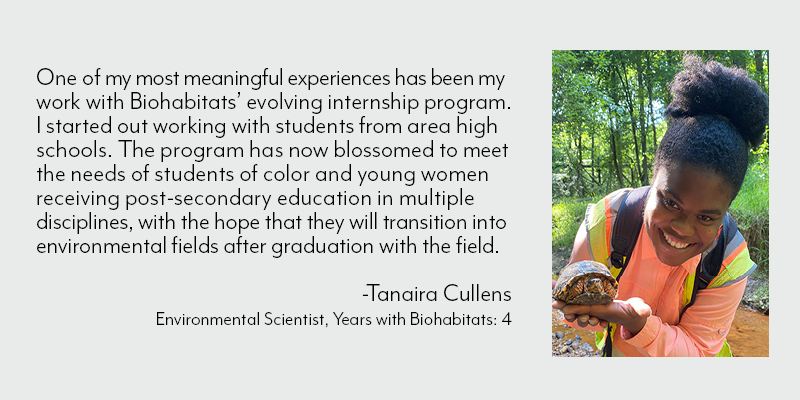
Biohabitats continued helping communities restore and protect hundreds of urban streams, forests, wetlands, meadows, and shorelines, often revitalizing several interconnected urban ecosystems within a single project. In 2013, Biohabitats began helping Cleveland Metroparks transform a 100-year-old golf course into a 155-acre ecological park that would encourage public access and stewardship of the Euclid Creek watershed. After crafting a master plan that included stream, wetland, woodland, and meadow restoration, innovative stormwater management, green infrastructure, and outreach elements, Biohabitats helped implement the plan in a design-build capacity. Today, the site is known as Acacia Reservation, a crown jewel in Cleveland’s “emerald necklace” of urban parks.
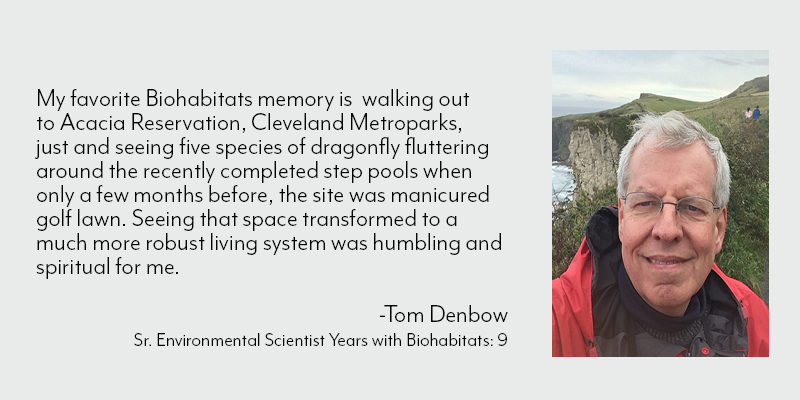
Polls conducted around this time revealed that Americans’ concerns about climate change were lower than they had been in a decade, but that did not deter Biohabitats from helping communities prepare for the impacts of global warming. Biohabitats worked with the Texas Parks & Wildlife Department on a master plan to redevelop, manage, and protect Galveston Island State Park after it had been ravaged by Hurricane Ike in 2008. Biohabitats aided the Department in understanding the potential impacts of sea level rise and changes in plant communities and identified protection and restoration strategies. Through a multi-year design-build contract that began during this period, Biohabitats helped the National Park Service restore native vegetation, reestablish wetlands, and manage invasive plant species at numerous National Parks, including Jean Lafitte National Historic Park and Preserve, Indiana Dunes National Park, Big Cypress Preserve, and the Flight 93 Memorial.
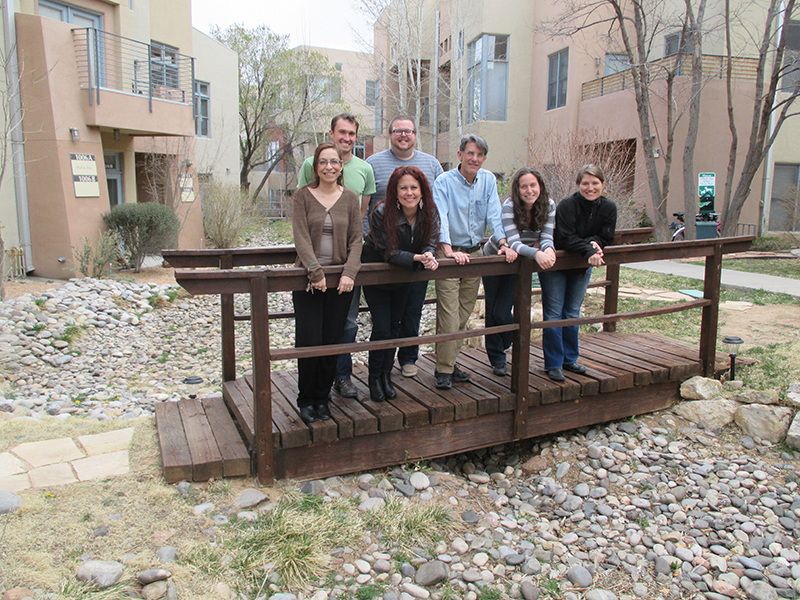
In 2012, Biohabitats created its own innovation lab known as Bioworks. Bioworks partners with universities and research organizations to explore and create new solutions. That same year, Biohabitats transitioned to a Benefit Corporation, an overlay to the company’s subchapter S designation that gave them the legal ability to place social and environmental values on equal footing with fiduciary responsibility to its internal shareholders.
Scaling Up
Long before the United Nations declared the beginning of the Decade on Ecosystem Restoration in 2021, Biohabitats began heeding the global call to expand and scale up efforts to prevent, halt and reverse the degradation of ecosystems. Having offered design-build services from its earliest days and amassed a wealth of knowledge about implementing construction involving living systems, Biohabitats launched Biohabitats Construction in 2015.
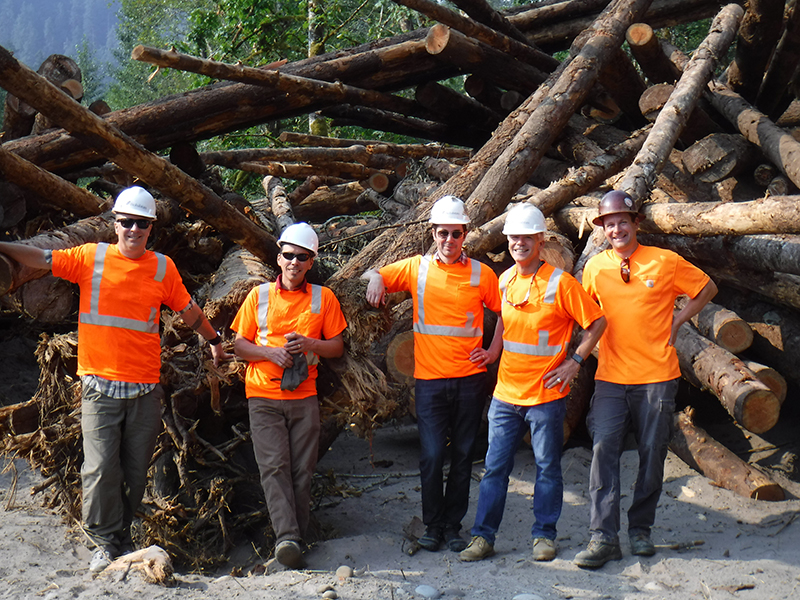
a Biohabitats Construction site along Oregon’s Sandy River.
This enhanced the firm’s ability to put more restoration projects in the ground, including large-scale river restoration and dam removal projects in the Pacific Northwest for clients such as the U.S. Fish & Wildlife Service, the Columbia River Estuary Study Task Force, and the Pacific Conservation District.
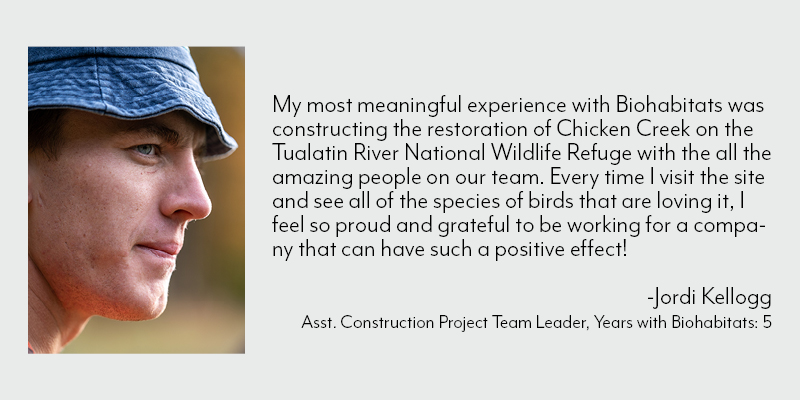
At the same time, Biohabitats team members increasingly found themselves at the city planning table, helping planners recognize how a deep understanding of a city’s ecological history and potential—and often its legacy of environmental injustice—can ultimately yield a solid framework for resilient city planning. In 2016, Biohabitats worked with Atlanta’s Department of Planning and Development to create Atlanta City Design: Nature, an ecological framework for building a citywide green network to benefit all city residents. Through an inclusive stakeholder engagement process, community members could express their needs and share visions of nature in their home city. This input directly informed the final product and thus the City’s future.
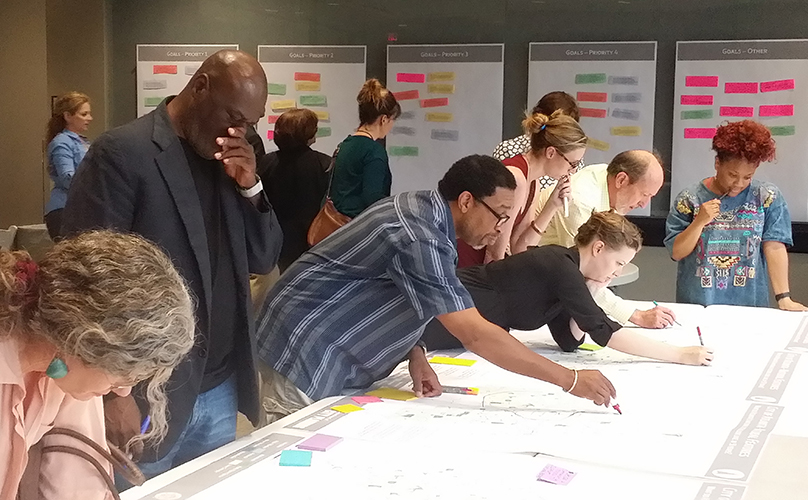
Biohabitats conducted similar work with the City of Baltimore, collaborating with the Office of Sustainability and Department of Planning to create a Green Network Plan. The plan was crafted with significant community input and informed by analyses of data that included those related to the City’s legacy of environmental and social injustice.
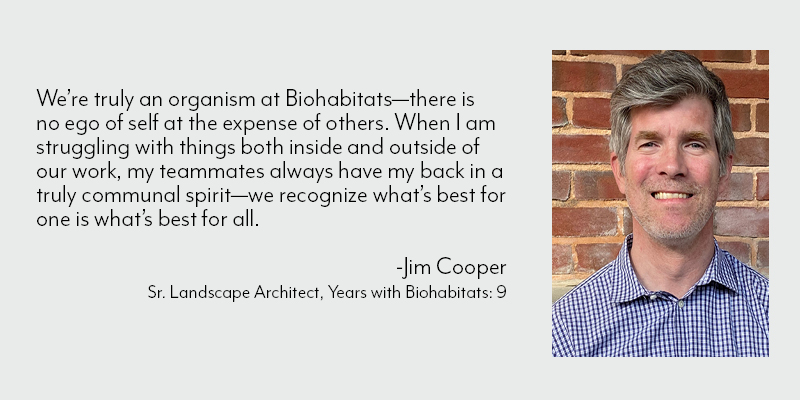
In 2018, Biohabitats became a Certified B Corporation®, joining a global movement of people using business as a force for good and signifying the firm’s high overall environmental and social performance. Since achieving this certification, Biohabitats has been named “Best in the World” in the categories of Environment and Governance by B Lab, the global nonprofit network that certifies and mobilizes Certified B Corporations,
By 2018 and 2019, Biohabitats became an increasingly integral partner in campus master planning and design efforts. For example, Biohabitats supported architectural collaborators by designing innovative, sustainable water infrastructure for the much-heralded, AIA COTE Top 10 Award-winning Engineered Biosystems Building and Kendeda Building for Innovative Sustainable Design on the campus of Georgia Tech. Biohabitats also helped bring to life a permanent ribbon of interconnected, ecologically functioning campus open space, living laboratory, and performance landscape known as the EcoCommons, which was envisioned to be a campus stormwater sponge, biodiversity hotspot, carbon sink, and site for respite and academic research.
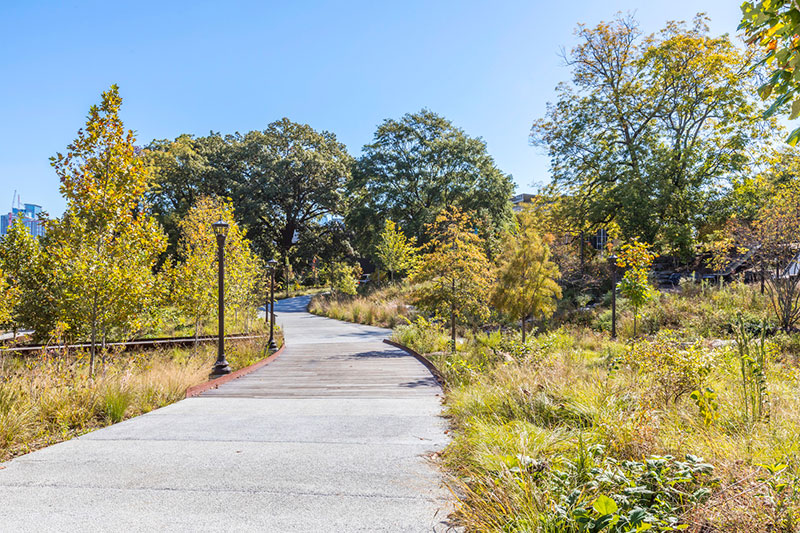
Meanwhile, the firm’s work in onsite wastewater treatment and reuse continued to teeter on the ever-advancing cutting edge. The water infrastructure Biohabitats designed for the PAE building, for example, not only captures, treats, and recycles rainwater and wastewater onsite, but also converts some of the waste into fertilizer. Allied design professionals have sought the firm’s expertise in ecology and onsite wastewater treatment/reuse for the planning and design of museum, aquarium, and zoo exhibits and life support systems.
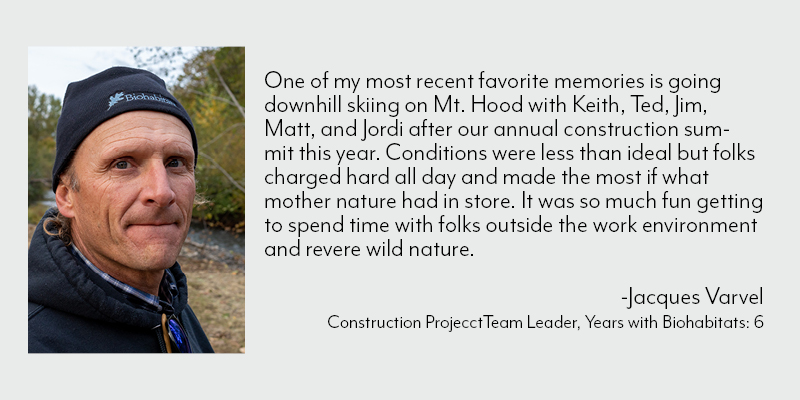
Over the last three years, as awareness of the intertwined crises of biodiversity loss, climate change, and environmental justice has grown, Biohabitats has collaborated on an increasing number of projects that directly address one or more of these pressing issues.
In 2020, the firm began working with Metro Denver Nature Alliance, a 50-organization coalition co-founded by The Nature Conservancy (TNC), to create a comprehensive framework for restoring, protecting, and enhancing habitat connectivity within a seven-county region in a holistic manner that considers social vulnerability, public access, recreation and prioritize actions that benefit people and natural landscapes. In 2021, Biohabitats began supporting the District Department of Energy & Environment’s effort to improve the Anacostia River corridor and its historically underserved communities and address future pressures of climate change, sea level rise, and continued urban development. The firm led a multidisciplinary team in developing a stakeholder-driven, holistic plan for restoring habitat, enhancing resiliency, reducing pollution, and increasing inclusive and equitable public access to the river corridor.
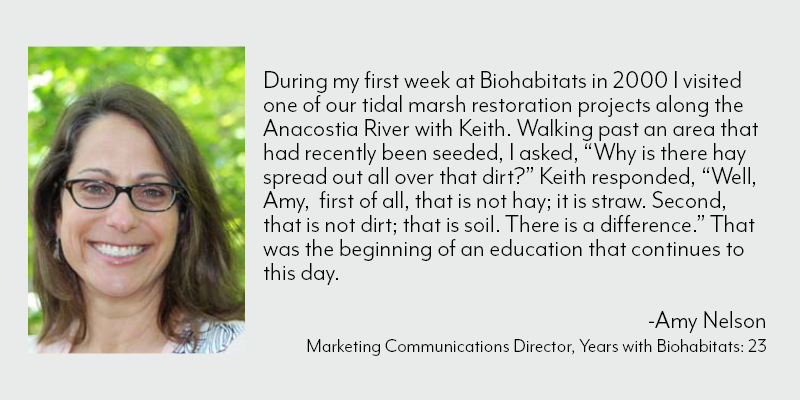
In 2022, Biohabitats collaborated with TNC, Clemson University’s Resilient Urban Design Program, the City of Charleston, and allied design firms to present the Nature-Based Exchange to help synthesize knowledge about nature-based solutions and align it with opportunities within South Carolina. The Exchange, a series of outcome-based workshops, brings together local partners to discuss and develop natural and nature-based solutions for South Carolina. It continues into 2023. In 2022, Biohabitats also began helping the City of Austin assess the climate vulnerability of its thousands of acres of parkland and develop strategies to preserve and enhance it. More recently, Biohabitats has helped the EPA develop Disaster Resilience guidance and collaborated with the City of Boulder to examine how plant communities in its public parks and open spaces can store carbon.
Now more than ever, as biodiversity declines at rates unprecedented in human history; as impacts of climate change are appearing before our eyes and disproportionately impacting marginalized communities worldwide; and as centuries of environmental injustices borne by Indigenous peoples and disenfranchised communities worldwide in the name of “development” and “progress” are increasingly coming to light, the world needs a new breed of problem solvers. 19-year-old Keith Bowers could not have known, back in 1978, that his chance discovery of the emerging field of ecological restoration would contribute to a worldwide movement to protect, restore, and regenerate natural systems to equitably sustain and enrich all life on Earth.
